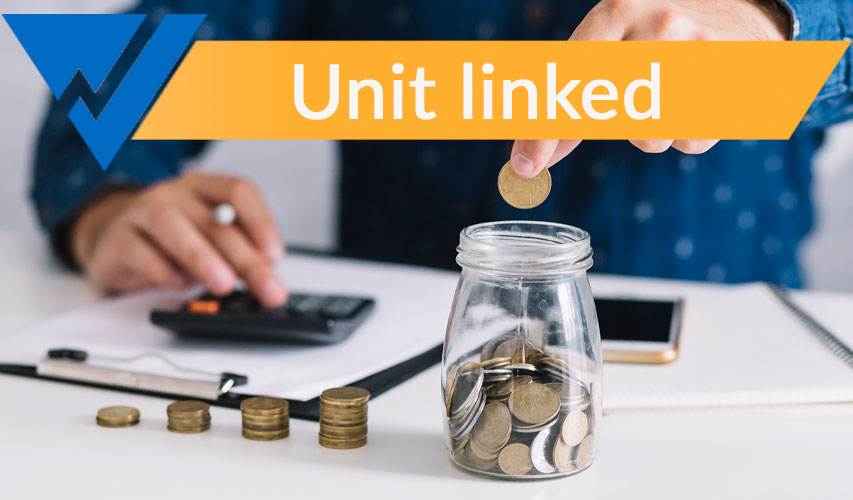According to the National Bank, in the 1st HY 2019, the volume of net outflow of money (outflow minus inflow), including payments to non-residents or investments in external assets, amounted to $3.7 billion. “About 70% of all external transfers were related to investments by residents in highly liquid foreign securities or foreign bank deposits. The remaining part or 30% accounts for companies in the quasi-public sector, and is determined by the fulfillment of their foreign currency obligations on external loan and Eurobond payment and service,” the official response of the National Bank press service of the Republic of Kazakhstan to Lifeinsurance.kz says.
A few months ago, the Chairman of the largest bank in Kazakhstan, Umut Shayakhmetova, explained the withdrawal of deposits out of the country with unprofitable rates of financial institutions. “Some of corporate deposits were removed from the Kazakhstani banking system. National companies moved out assets abroad and placed them in foreign banks, since the yield on dollar assets there was higher than in Kazakhstani banks. I would like to note that domestic STBs are limited: we have to invest this money domestically. This issue has been raised many times, but the situation has not changed much,” said the Board Chairman of Narodny Bank of Kazakhstan at a press conference in Almaty.
A significant portion of foreign currency deposits in Kazakhstan is traditionally denominated in US dollars. As the FRS rates decrease, deposit rates also decline. “At the moment, USD rates in Kazakhstan are at the level of 1.75% -2%. The interest rates on USD deposits in Russia are below 1% (most large banks). Thus, the rates on deposits with guaranteed safety (in accordance with the KDIF requirements) for individuals in Kazakhstani banks are considered competitive,” the FIAK press service said. The main trade partners of Kazakhstan are Russia and the EU, and oil is the main export product of Kazakhstan, which is mainly traded in US dollars. “Thus, banks need rubles, euros and dollars to implement their basic functions in the economy on financial intermediation. However, it may be more lucrative for export-oriented companies to receive part of the loan in foreign currency to reduce currency risks. The banks also need currency to lend to the entities. The attracted currency can be reinvested on more attractive terms both abroad and domestically,” the press service of Financial Institutions’ Association of Kazakhstan explains.
Legislation of the Republic of Kazakhstan
Domestic legislation does not provide for the possibility of establishing a negative interest rate on deposits, and currently the National Bank is not considering introducing negative rates on foreign currency deposits.
“This issue is only being studied In Russia, and, according to the Central Bank representatives, significant changes to the law will be required in order to introduce negative rates,” the regulator’s press service explained. “The terms on deposits are regulated by contractual relations, rather than legislative prohibitions in international practice unlike Russia and Kazakhstan”.
Is it possible for a similar situation to occur in Kazakhstan?
The situation in Kazakhstan and Russia is slightly different. Inflation is at a relatively high level (4-5%), and the risk premium is much higher in comparison with developed countries. “Negative interest rates in the EU are a positive factor for Kazakhstan banks, and make it possible to raise funds in euros practically for free. Besides, with negative interest rates on deposits, there may be a decrease in the volume of foreign currency deposits in the banking system,” FIAK believes.
Are deposits in STBs profitable?
Earlier, with reference to Ranking.kz, Lifeinsurance.kz reported that in our country bank deposits give up to deposits in life insurance companies. For example, compared to the second-tier banks, where the US dollar rate recommended by KDIF should not exceed 2%, the annual effective rate of return of insurance companies varies from 2.3% to 3.41%.
Only Nomad Life offers endowment in US dollars among the largest insurance companies. The Companies Standard Life and Freedom Finance Life also offer similar products in the insurance market as a whole.
Among the three companies offering endowment in US dollars, Nomad Life offers the highest annual effective rate of return of up to 3.41%. LIC Freedom Finance Life is in the second place (up to 3.28%), and Standard Life is the third (up to 3.25%).
The insurance term in Nomad Life is from 2 to 15 years, and in Freedom Finance - from 3 to 10 years. The Standard Life Company offers 2 products: with the term from 3 to 10 years, and from 15 years or more.
Photos are from open sources.





